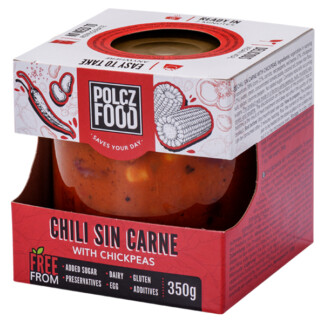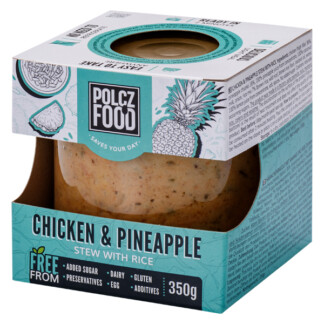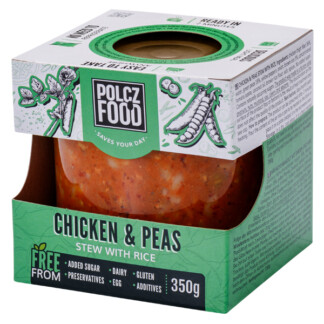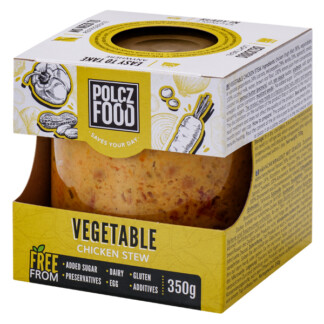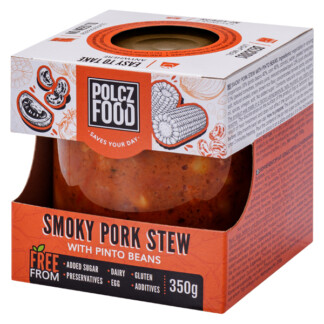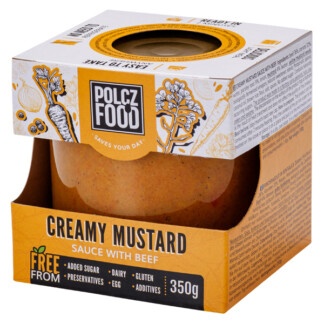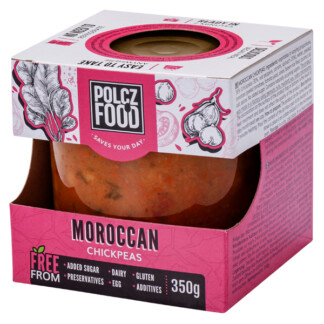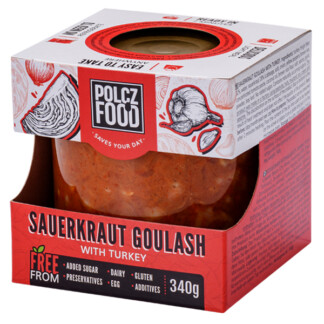Nowadays, artificial additives and preservatives have strangely become an accepted part of the contents of our fridges and pantries. ♀️ Although these compounds are used to fight bacteria, they often cause adverse reactions and can even be toxic on their own. The intention is clear, as it is important from both an individual and a food industry point of view that food should have a shelf life of as long as possible. The question is, what means and at what cost can we achieve this? ❓ Food preservation goes back further than you might think, but how did we get from simple seasonings to today's health-damaging versions and, as consumers, what technology can we trust to keep us healthy?
Preservatives from the past
The issue of food additives is a minefield, with a lot of contradictory information circulating on the web. But we don't have to agree to know that the quest itself is almost as old as mankind. In fact, it all started with food flavouring ingredients around 3000 BC, when the first trading caravans loaded with aromatic spices
set sail - the most common way of preserving food.
Did you know that the Indian curry, for example, was developed specifically for this purpose? The extra spicy ingredients prevented the growth of micro-organisms, as did the smoking method used later, or the salt, which was a highly prized commodity in ancient times.
As time went on, the various preservation technologies proliferated like mushrooms. Brine, vinegar, alcohol, oils, lactic acid. It took hundreds of years before the 19th century saw the introduction of non-traditional chemical preservatives in food, which only really took off in the consumer society of the 20th century.
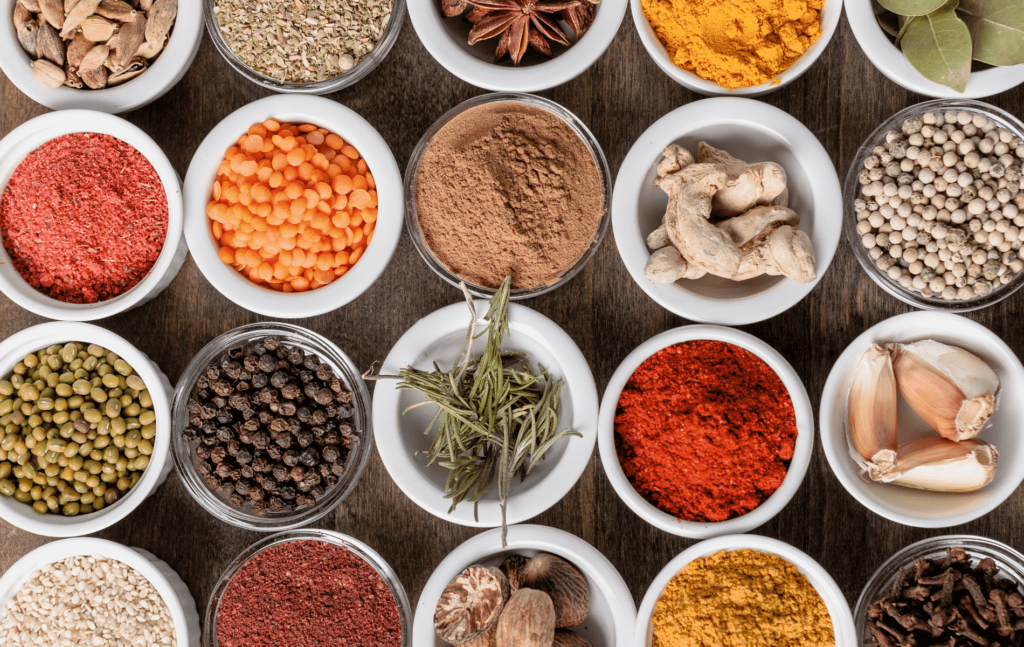
Pesticides and diseases
The growing demand for food that stays fresh for long periods of time has challenged marketers to ensure food safety and quality. Artificial, chemical substances have sought to meet these challenges, but without the potential negative side effects of preserving freshness. As a consequence, preservatives have increasingly become substances that we would probably not consume if we were hungry. However, given that there are now more than 300 of them in use in the food industry, they have unfortunately become almost unavoidable.
Allergic symptoms, weight gain, liver disease, asthma, inflammation, kidney and thyroid damage.
We could list the health problems that can be attributed to preservatives.
The most harmful additives can be found as antifreeze and paint strippers (propylene glycol and carboxymethylcellulose), nitric acid (sodium nitrate) or chemical inhibitors (maleic hydrazide). Their name alone does not inspire confidence. ☠️ The Centers for Disease Control (CDC) estimates that foodborne illnesses of this type cause
5,000 deaths a year.
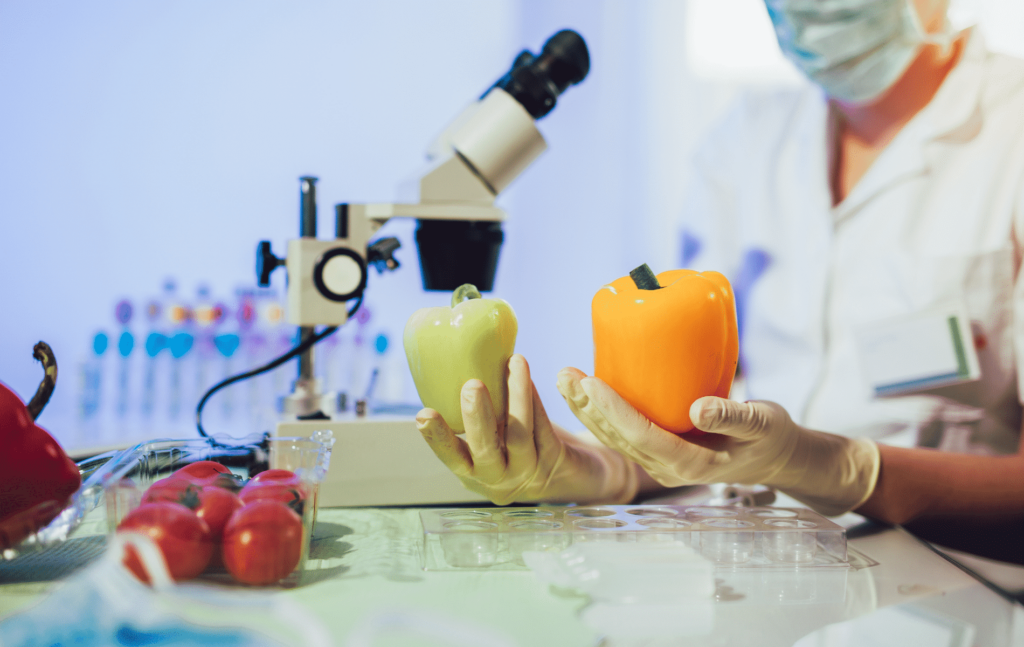
POLCZ solution
Recognising the risk, a new effort has been launched and fortunately more and more manufacturers/distributors are trying to reduce or eliminate undesirable ingredients from their food products (although it is worth taking the time to check labels!) We are proud that in the production process of our products we only buy ingredients that are certified and do not contain unnecessary additives at the raw material level. A POLCZ kitchen diligent housewives at POLZZ kitchen scrutinise the ingredients of our products to avoid, for example, anti-caking salt or preservative mustard.
Meats are not exempt from the strict mustard! Only traditionally processed, lean meat products are allowed into our grinders, avoiding by far the notion of "mechanically separated meat".
We select the ingredients as if we were preparing our own lunch or dinner, i.e. we buy the coconut oil that we would otherwise buy in an organic shop. That's why they taste so good POLCZ food is so goodbecause they are made with super ingredients, without flavourings, without flavour enhancers, as if they were just cooked at home in the kitchen.
Tradition and modernity
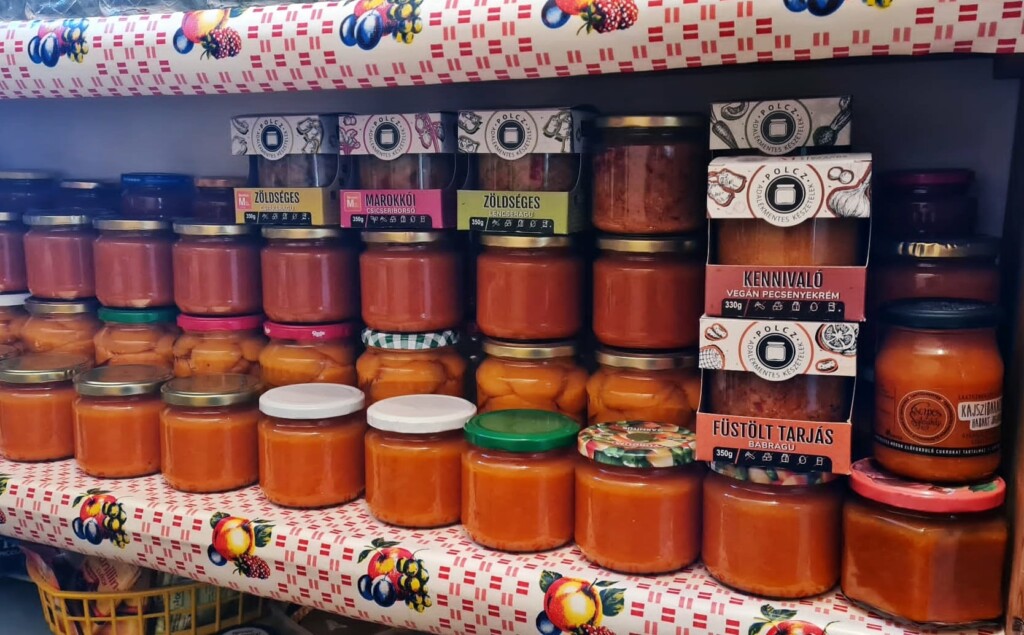
Although the traditional method of canning remains unchanged, we of course use modern technology, more specifically high temperatures (above 100°C), at which spoilage bacteria are no longer viable. To prevent their reproduction from restarting, we use a vacuum, so that this process is interrupted thanks to the absence of air and the harmful micro-organisms that would cause the spoilage are guaranteed to die.
Thanks to the procedure, your favourite POLCZ delicacies can be kept for almost a year without refrigeration. After opening, just 2 minutes of heating and you're ready for a nutritious, filling lunch or dinner, just as if you'd cooked it fresh. Free from additives and preservatives, just like the 'good old days'.
Read what they wrote about us!


